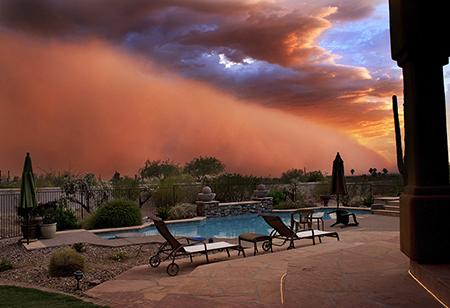Valley fever symptoms and treatment
Valley fever is more commonly found in arid regions, notably the southwestern U.S., Mexico and South America. Symptoms can vary from person to person, which can make it difficult to diagnose. You may experience:
- Fever, chills, fatigue, cough and headache
- Rashes, chest pain, joint aches, shortness of breath and nausea
- Symptoms that typically last for up to four weeks
Symptoms can mimic other common respiratory illnesses, like colds, the flu or even COVID-19.
Valley fever commonly resolves on its own, but more severe infections require antifungal treatments by a doctor.
“Most cases of Valley fever go unrecognized and untreated, and there’s nothing wrong with that,” says Dr. Drachler. “About 60% of patients who are infected come and see a doctor, and of them, probably half of the cases I see don’t require treatment. In most people with healthy immune systems, treatment with antifungal medications isn’t necessary.”
However, if your symptoms are severe, see your doctor to make sure your body doesn’t need help fighting the infection.
“Certain ethnicities tend to be more susceptible in my experience,” says Dr. Drachler, who noted that people of Filipino or African descent are more likely to have severe illness from Valley fever. “If someone is diabetic or on steroids or is immunocompromised from cancer or chemotherapy, those people are also much more vulnerable.”
Take precautions to prevent Valley fever
“Once you’re infected with Valley fever, it remains in your system for life,” says Dr. Drachler. “Most people develop immunity to recurrent disease or progressive disease, but people with compromised immune systems can experience progressive disease or reactivation.”
Take these precautions to minimize your exposure to the fungus:
- If you see a dust storm or receive a dust storm warning, head inside.
- If you’re in a car when a dust storm strikes, roll up the windows and keep the vents closed to avoid breathing the dust directly.
- Install HEPA filters to improve the quality of the air you breathe inside.
